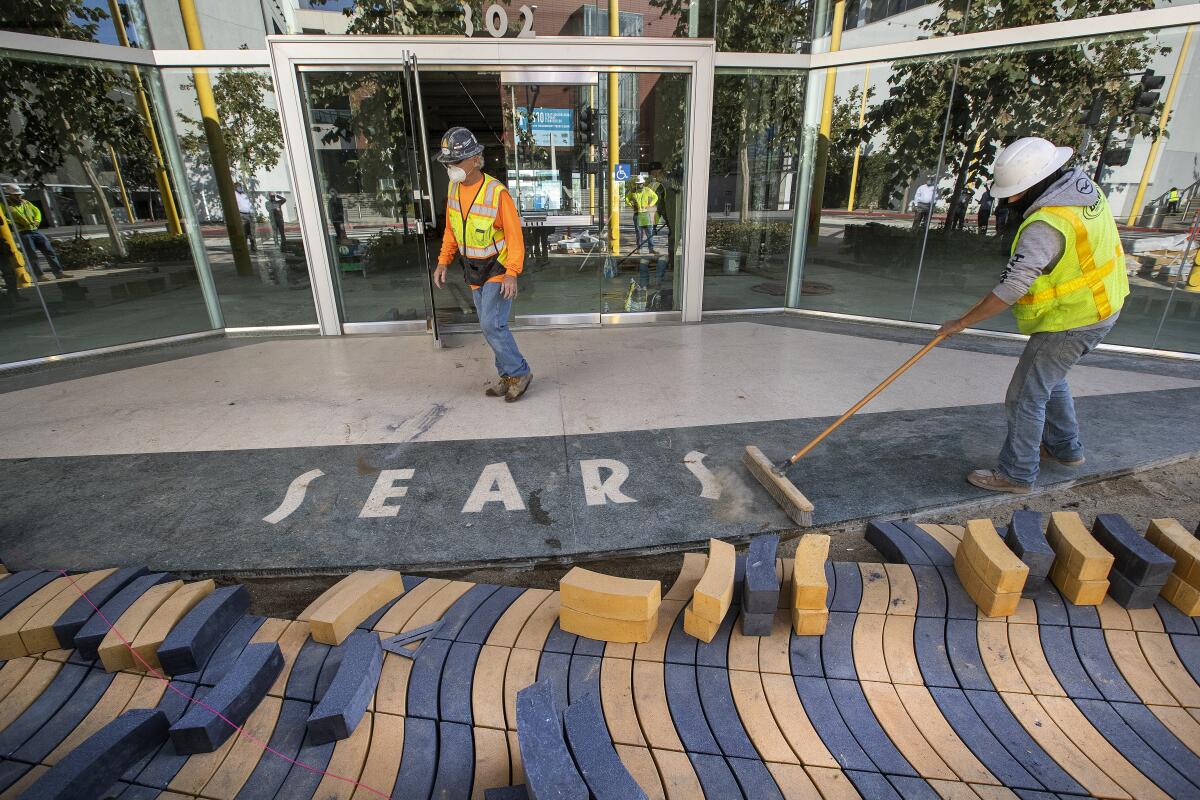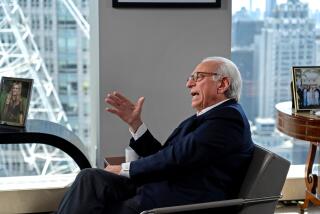Letters to the Editor: How private equity CEO hubris almost killed Sears

- Share via
To the editor: The decline of Sears is a classic case of private equity gone bad. There are many examples in the retail industry and elsewhere in the corporate world. These vulture capitalists couldn’t care less about the destruction they cause if they can make a huge profit on the transaction.
In the case of Sears, former chief executive Eddie Lampert’s hubris led to the company’s demise. He was considered a superstar in the financial industry who could do no wrong. Unfortunately, Lampert knew little about running a retail business, and the combined Sears-Kmart company was sick before he took over.
Lampert did just about everything wrong, cutting cost after cost but not addressing the fundamental problems. He did not respond to the rapidly changing retail environment as companies like Target and Best Buy did. Those of us in the retail industry could see the death spiral happening in real time.
Robert Antall, Pasadena
..
To the editor: Sears helped put my husband through medical school. It was 1945 and my husband had come home after spending 13 months as a guest of Adolf Hitler in Stalag Luft I, a prisoner-of-war camp. We were both enrolled at San Jose State and had part-time jobs, his at Sears.
Not long after that, he was accepted at the University of Rochester School of Medicine in New York. After we moved and he registered at school, the most important thing on the agenda was getting a part-time job. So it was off to Sears. And since my husband was an “old” employee, he was hired.
After the first year of medical school, we were concerned about summer jobs, but Sears again came to the rescue. My husband was hired full-time to service Sears appliances; our military surplus Jeep could be seen around Rochester picking up the innards of faulty appliances and transporting them back to Sears for repair or replacement.
Sears remained faithful to my husband all through medical school, and I often wonder what we would have done without it.
Jean Koch, Los Angeles
..
To the editor: There’s another factor to add to columnist David Lazarus’ cogent analysis on the demise of Sears — inflexible, centralized planning.
The day the new Expo Line opened in Santa Monica in May 2016, people streamed into the city, eager to enjoy the beach. Train doors opened onto a bright new plaza, right in front of the Sears store on 4th Street and Colorado Avenue.
However, instead of a large welcoming sign proclaiming, “Welcome to Sears, your beach headquarters,” there was nothing — no beach towels, sand buckets, umbrellas or anything to tempt your purchase. Instead, inside the main doors were drab winter coats.
I’m sure at the corporate headquarters in some other city there was a directive stating that in May, it was time to bring out the winter clothes. Local planning never got a chance. No wonder the company is failing.
Lizbeth Bell, Santa Monica
..
To the editor: There are a number of factors at play in the demise of Sears. It is a case of a corporation not understanding what was developing in the world of the internet and the advent of online sales.
Additionally, poor strategic decisions, mergers, the selling of assets, store closures and a failure to upgrade brick-and-mortar locations helped to contribute to the downfall of one of America’s great retailers. It is also painful to look back on the practice of the company’s CEOs taking large salaries and bonuses while the very organization they were supposed to lead gasped for economic oxygen.
The demise of Sears is a case study in corporate leadership having blinders on so tightly that the failure of this once-proud organization was not noticed. Or, was it a case of executive profit over corporate success in the e-commerce world of the 21st century?
The jury is out, but not for long.
Pat Borchers, Seattle
More to Read
A cure for the common opinion
Get thought-provoking perspectives with our weekly newsletter.
You may occasionally receive promotional content from the Los Angeles Times.










